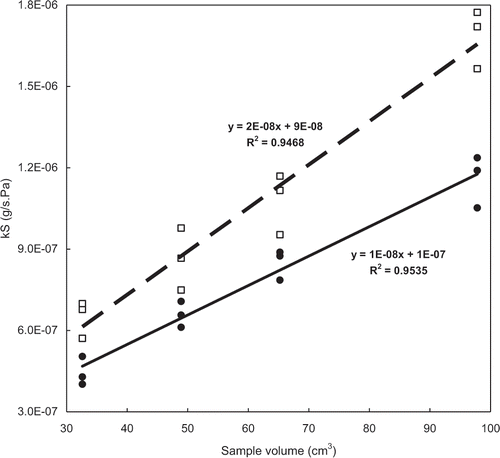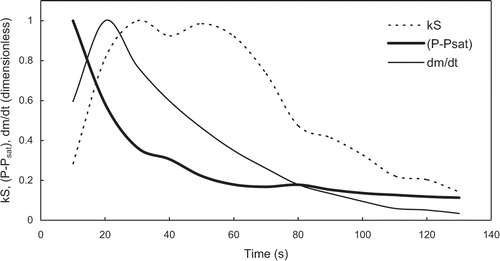Figures & data
Table 1 Largest and smallest dimensions of the samples used to perform the vacuum cooling experiments.
Figure 1 Photos of samples of raw meat cuts, with rectangular format and different dimensions: a) beef loin and b) pork loin.

Figure 2 Experimental set-up used to perform vacuum cooling tests: 1—vacuum pump with vacuum meter; 2—water drop trap; 3—condenser; 4—vacuum chamber with sample and inserted thermocouples, 5—data acquisition system.

Figure 3 Photos of packed beds of sand used as model media in vacuum cooling experiments: (a) PVC cylinders with the same diameters and different volumes, (b) cylinders filled with moist sand, with thermocouples inserted in the center.
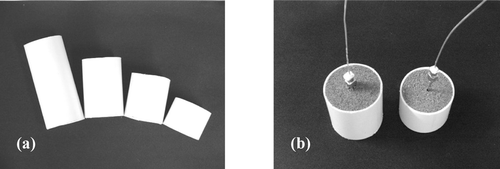
Figure 4 Algorithm used to calculate the temporal evolutions of the weight, the pressure differences and the kS value during vacuum cooling of chicken breasts, where: t = time (s); T = temperature (°C); P = chamber pressure [mmHg]; Psat = water pressure saturation [mmHg]; m = sample weight; mw = water weight; xw = water weight fraction; c = sample specific heat [kJ/kg°C]; ΔHvap = vaporization enthalpy [kJ/kg]; Δm = evaporated water weight [kg]; kS = evaporation coefficient [kg/mmHg s].
![Figure 4 Algorithm used to calculate the temporal evolutions of the weight, the pressure differences and the kS value during vacuum cooling of chicken breasts, where: t = time (s); T = temperature (°C); P = chamber pressure [mmHg]; Psat = water pressure saturation [mmHg]; m = sample weight; mw = water weight; xw = water weight fraction; c = sample specific heat [kJ/kg°C]; ΔHvap = vaporization enthalpy [kJ/kg]; Δm = evaporated water weight [kg]; kS = evaporation coefficient [kg/mmHg s].](/cms/asset/4d8c8767-9384-4dfa-85ee-f6c267e58737/ljfp_a_159597_o_f0004g.gif)
Figure 5 Experimental values for kS for different sample volumes of precooked meat cuts: a) chicken breast, b) beef loin, c) pork loin, and d) pork tenderloin.
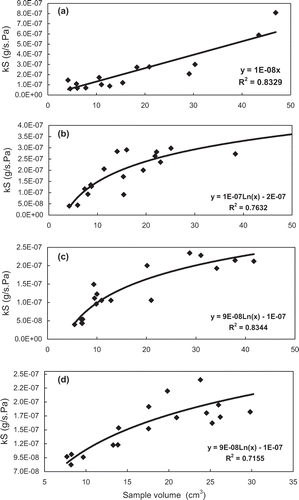
Figure 6 Adjusted curves for kS × V for different sample volumes, for the meat cuts cooled by vacuum application.
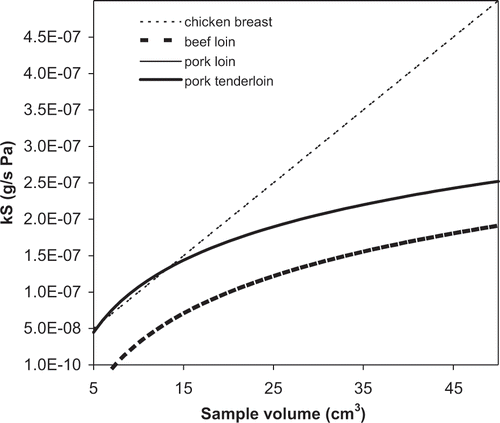
Figure 7 Experimental values for kS for different sample volumes of packed sand with initial moisture contents of 0.10 and 0.20 g water/g.
